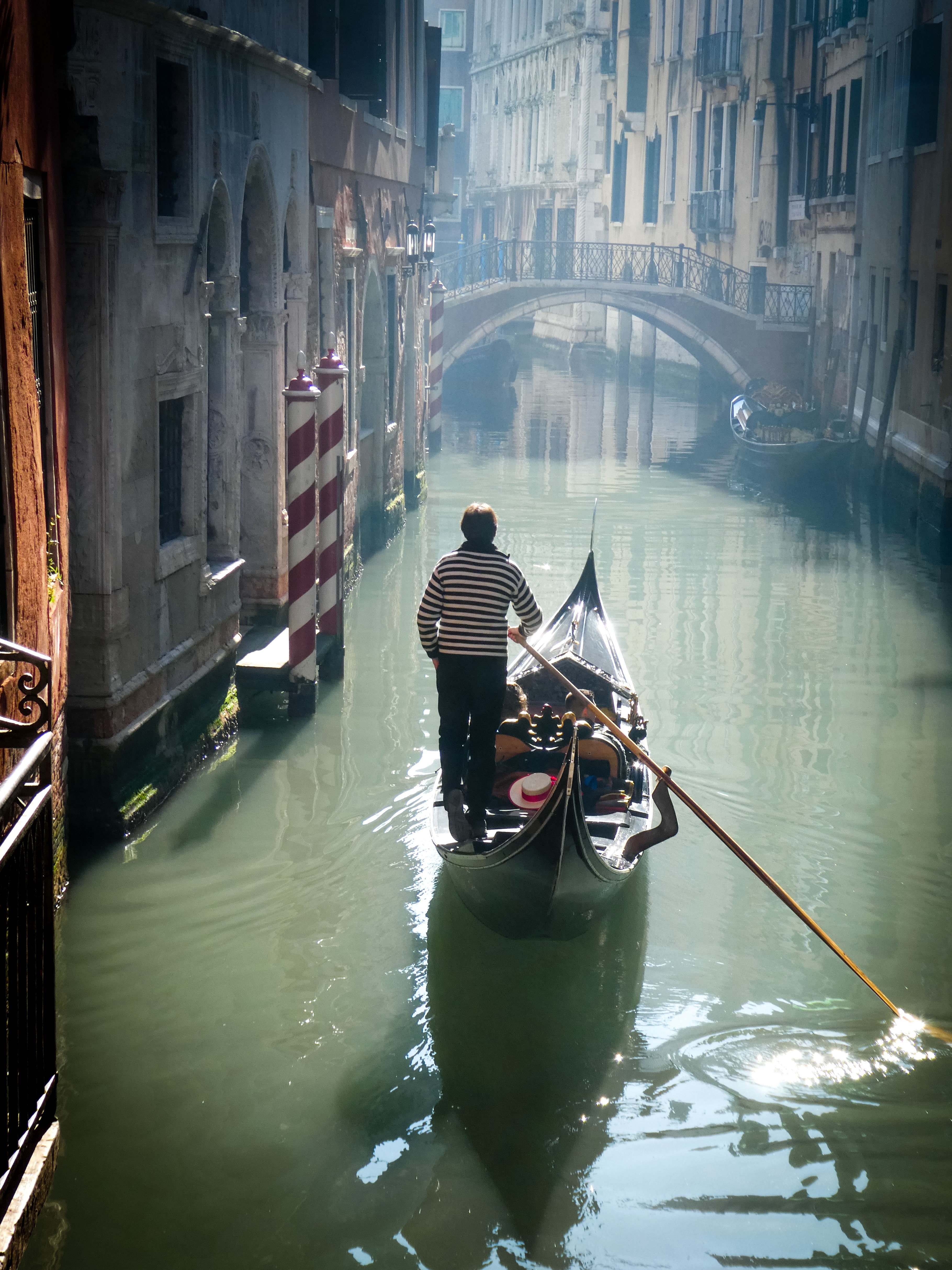 Two days into my South Africa trip, I started getting cold symptoms. I tested for COVID and was relieved to be negative, so I went on a safari and for a walk with rifle-carrying naturalists in the wild bush, chalking up the fatigue I was feeling to two consecutive red eye flights followed by the eight hour bus ride to Kruger National Park.
Two days into my South Africa trip, I started getting cold symptoms. I tested for COVID and was relieved to be negative, so I went on a safari and for a walk with rifle-carrying naturalists in the wild bush, chalking up the fatigue I was feeling to two consecutive red eye flights followed by the eight hour bus ride to Kruger National Park.  A few days later, when we arrived in Cape Town, my husband was also coughing and sneezing. Our symptoms felt like a typical cold, but just to make sure, we both tested again. BINGO! For both of us, a flaming red line.
A few days later, when we arrived in Cape Town, my husband was also coughing and sneezing. Our symptoms felt like a typical cold, but just to make sure, we both tested again. BINGO! For both of us, a flaming red line.
All our plans for Cape Town were now upended. We had hoped to hike on Table Mountain, visit Robben Island–where Mandela spent 25 years in prison–see the penguin colony and the Cape of Good Hope. We also were very much looking forward to observing a rehearsal of a youth choir run by a friend of my younger child’s. And I’d been hoping to spend many evenings at venues that offered the lush South African a capella music I love so much.
But now, we had to totally shift gears. Even though there are no isolation protocols in South Africa, we were determined to keep others safe. While we were glad not to be quarantined to our hotel room, since other than mild congestion, both of us felt pretty well, we didn’t want to do anything that might inadvertently infect others. So, in the heat, we put on our masks and found places we could walk to from our hotel. We rented bikes and rode along the beach, and when we were done, we sanitized the handlebars with hand-wipes. It felt like 2020 all over again, except that we were the ones everyone was supposed to be afraid of.
Meanwhile, we’re hanging onto the fantasy that perhaps we’ll test negative before we have to leave and we can do some of the things we wanted to do. It’s kind of the way I feel sometimes when I let my hopes get the better of me when I’m starting a writing project. Perhaps this will be the breakthrough book–the one that will everyone will read and love, or the poem published in the hot-shot journal. But perhaps not. When I tested again yesterday, that extra line was still flaming positive. It’s fine to dream, but even more important is to deal with what life gives you and make it work. A writing project, like a vacation, will be what it will. Despite all my leanings toward perfectionism, I feel grateful for each snippet the muse throws my way, just as I feel grateful to the bi-valent vaccine, for making my experience of this illness that we’ve feared for so long feel like not a big deal.
So, probably no music for me, this trip–other than listening to Ladysmith Black Mambazo on YouTube. How long before that red line disappears? Who knows? I’ll just have to be patient, put on my mask and be happy enough to sit on an uncrowded beach and watch the sunset.
I’ll just have to be patient, put on my mask and be happy enough to sit on an uncrowded beach and watch the sunset.
To subscribe to this blog, sign up at ddinafriedman.substack.com

